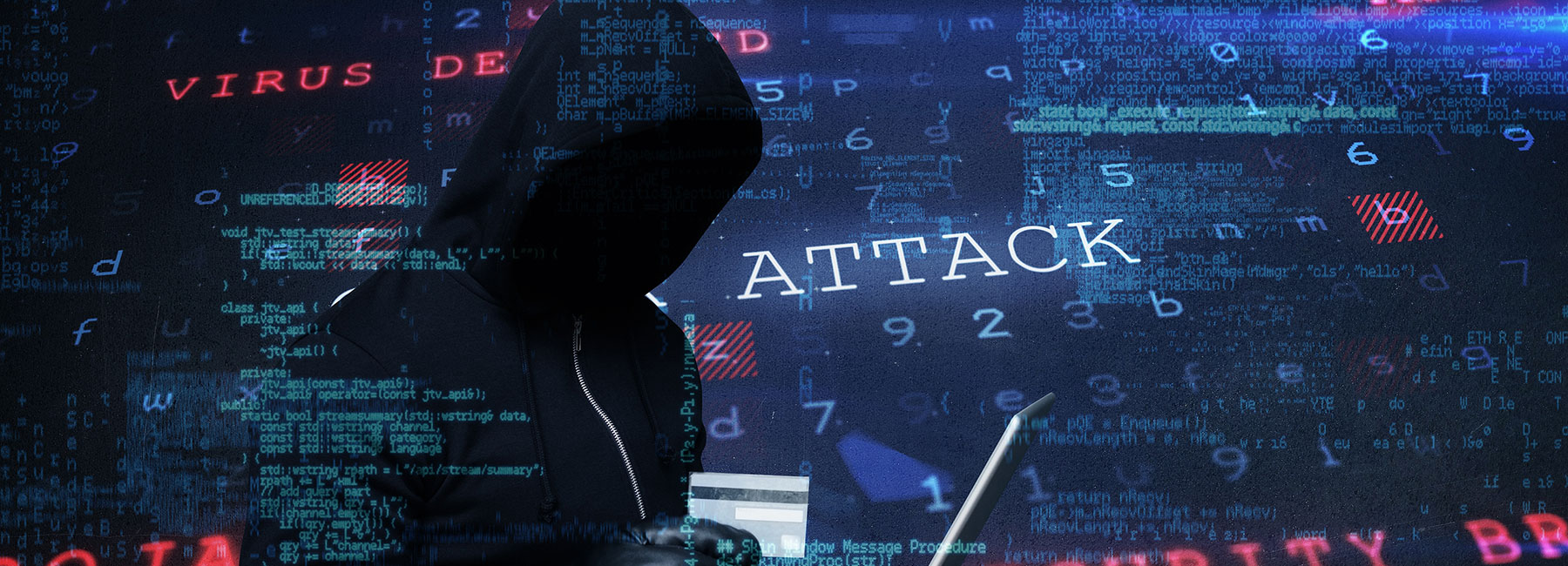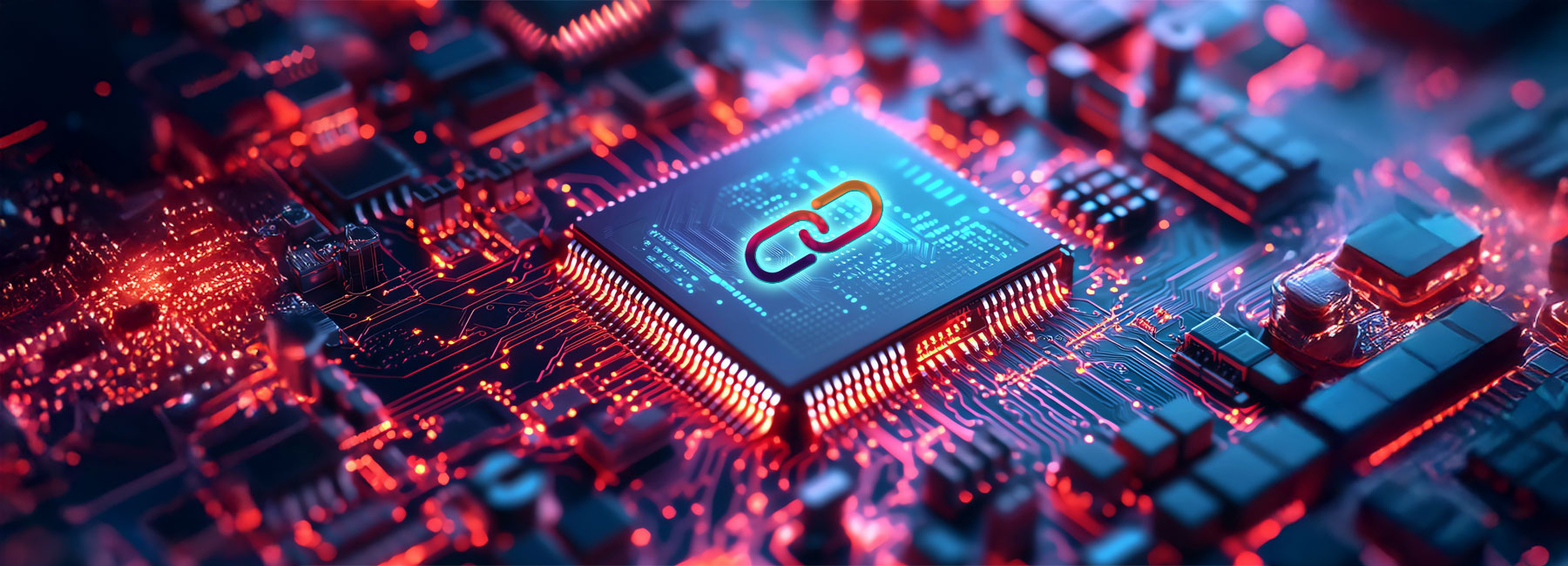What is FirmGuard?
FirmGuard enables enterprises & MSPs to remotely secure, configure, update and generally manage BIOS firmware. It goes beyond traditional antivirus and endpoint detection and response (EDR) by safeguarding the UEFI (Unified Extensible Firmware Interface) BIOS firmware of an endpoint, a critical yet often overlooked component of a device’s security posture. It also provides remote incident response capabilities by providing pre-OS remediation and recovery of compromised endpoints.
Importance of BIOS Firmware
Companies have spent billions of dollars protecting endpoints from OS and application-level attacks using EDR/XDR tools. But most have spent almost nothing to protect the BIOS firmware in those same endpoints. This leaves a huge security gap because BIOS is the first software to come up when the power button is pressed, and it is the BIOS which launches the OS. If BIOS is compromised, that can lead to a hacker taking over complete control of the device, making it critical to have firmware security measures in place.
As CISA notes, hackers are getting better every day at compromising UEFI BIOS firmware and the longer you wait to protect your endpoints, the more likely they are to experience a devastating exploit.

Adversaries have demonstrated that they already know how to exploit UEFI components for persistence, and they will only get better with practice
How FirmGuard Works
FirmGuard is a secure, cloud-based solution hosted in Amazon Web Services (AWS). The FirmGuard Cloud Server handles all administrative and technical functionality with a direct interface to each client endpoint. A lightweight FirmGuard agent is installed on each endpoint and is easily deployed using any RMM tool. All monitoring and administration is done via the FirmGuard portal.

FirmGuard Features
SecureCheck
SecureCheck is a key FirmGuard feature and put simply it is like “antivirus for your UEFI BIOS firmware.” SecureCheck keeps track of all activities related to UEFI firmware and alerts administrators anytime something with respect to UEFI firmware changes.
SecureConfig
FirmGuard SecureConfig eliminates the need for physical access to endpoints for BIOS configuration. Admins can remotely adjust BIOS settings, overcoming geographical barriers and administrative complexities.
SecureUpdate
SecureUpdate provides a centralized, secure and standardized way to make UEFI BIOS firmware updates across a heterogeneous mix of endpoints, all with minimal involvement from IT staff.
SecureWipe
SecureWipe is a FirmGuard feature that securely erases endpoint HDD, SSD, and other mass storage devices. It is triggered remotely from the FirmGuard Portal and forensically erases all data and partitions independent of the operating system (OS).
SecureReimage
SecureReimage allows IT administrators to remotely restore endpoints to a cloud-based Golden Image without physical access. It introduces simplified OS deployment and pre-login scripting to streamline modern endpoint management. This ensures consistency, security, and efficiency in endpoint management.
SecureSense
SecureSense provides key endpoint data and information. It detects Legacy Boot Mode, tracks BitLocker status, and provides part/serial numbers for inventory control.
SecureBeat
SecureBeat links the FirmGuard endpoint agent and Cloud Server via a secure, encrypted tunnel, supporting features like SecureCheck, SecureConfig, SecureUpdate, and SecureWipe.
SecureEndurance
SecureEndurance™ ensures your FirmGuard protection stays in place at all times. It prevents accidental and non-authorized removal of key FirmGuard OS and BIOS firmware level components, ensuring continuous visibility, compliance, and BIOS-level defense across every endpoint.
SecureLock
SecureLock™ helps ensure endpoints remain up to date and compliant by requiring periodic check-ins with FirmGuard servers. If a device fails to connect within the defined period, the system will lock at the BIOS level, preventing the OS from loading until a valid unlock code is entered.
Benefits of FirmGuard
- Security: Closing the UEFI BIOS firmware security gap for all endpoints is critical. If you are securing the operating system and applications, but not the firmware, you are only doing two-thirds of the job.
- Compliance: FirmGuard helps ensure compliance with industry standards and guidelines such as those set by NIST, ISO and other regulatory bodies.
- Operational Efficiency: With FirmGuard an IT admin can remotely configure BIOS settings; update firmware; securely erase an endpoint’s hard drive(s); or get detailed information about an endpoint such as BitLocker status, all without ever leaving his or her seat. This reduces the need for onsite visits, shipping endpoints back and forth or writing scripts to obtain data.
- Increase MRR: MSPs regularly charge customers for EDR/XDR tools that protect client endpoints at the OS or application level. FirmGuard fits into that same pricing model but protects at the BIOS firmware level which is an often-overlooked component of a device’s security posture.
- Differentiate Yourself: By incorporating FirmGuard into their service offerings, MSPs can differentiate themselves in a crowded market. By educating clients about the importance of BIOS firmware security and offering tailored solutions, MSPs can build stronger, long-term relationships that drive recurring revenue.

Real-World Attack - BlackLotus UEFI Vulnerability
BlackLotus is a UEFI vulnerability that Microsoft has talked about extensively because it can be very destructive. One thing that BlackLotus does is disable Secure Boot which is a mechanism to ensure that only an authenticated version of Windows can be launched by the UEFI firmware.
This is something a hacker would clearly like to do because without Secure Boot enabled, the hacker can launch any rogue operating system and thereby turn the endpoint into a personal playground. This is where FirmGuard comes into the picture. If an endpoint has FirmGuard installed on it and Secure Boot is disabled because of BlackLotus, or any other reason, an admin is immediately alerted via the dashboard and can then use SecureConfig to take corrective action–stopping an attack in its tracks.
One final point to note about UEFI malware is that it can be so devastating because of persistence. This means that even if you reinstall Windows on an infected endpoint or swap out the hard drive, you still won’t solve the problem. The reason is because the UEFI firmware sits in its own dedicated flash memory on the motherboard of the endpoint. So, the only way to solve the problem is to update the firmware and the only way to know about it in the first place is with FirmGuard.
Here is what some of our customers have to say about FirmGuard











